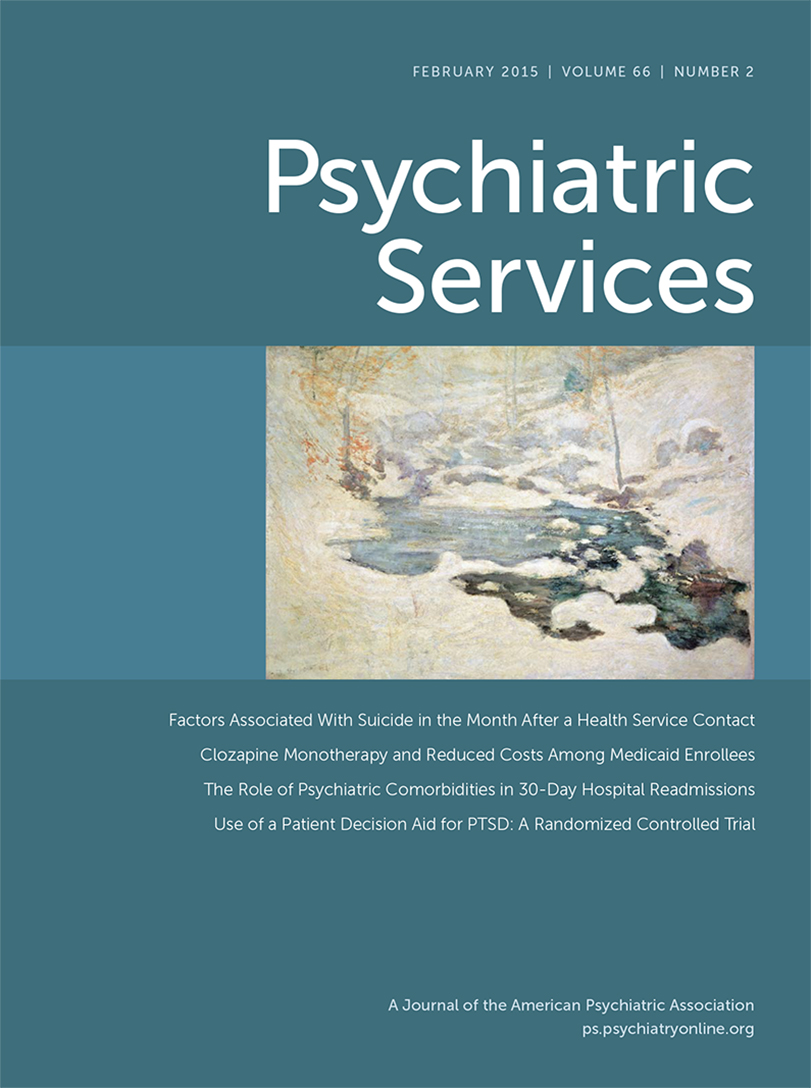Handbook of Good Psychiatric Management for Borderline Personality Disorder
For busy readers who prefer to cut to the chase, here’s the bottom line: The Handbook of Good Psychiatric Management for Borderline Personality Disorder is a “must buy” for mental health professionals of any career stage or practice orientation. Dr. Gunderson, a highly respected clinician, writer, and researcher of borderline personality disorder, and his collaborator, Paul Links, M.D., M.Sc., F.R.C.P.C., who confirmed the efficacy of Gunderson’s practice model in clinical trials, have produced a handbook that is impressively brief, practical, and clinically sophisticated.
In his preface, Dr. Gunderson states, “Most professionals will readily admit that their training was insufficient for them to feel comfortable about, and capable of, treating [borderline personality disorder]” and shares details of his own painful learning process. The handbook attempts to rectify the situation, with the stated belief that any “good enough” clinician can learn to be more confident and successful in working with individuals with borderline personality disorder, who, he notes, represent 20% of patients seen in outpatient mental health and medical settings.
The principles of the treatment method, organized around helping patients modify their core pathology of interpersonal hypersensitivity, are described in clear, accessible language. Guidelines are presented for making and disclosing the diagnosis, establishing a treatment framework, and managing self-harm, medications and comorbidity, and split treatment.
The guidelines are followed by a series of detailed clinical vignettes, punctuated by “Decision Points” where the reader is given a series of possible responses to typical treatment dilemmas, which are followed by a discussion of the usefulness of each response with cross-references to the relevant guidelines. Next the reader is directed to a Web site with seven videos of patient-psychiatrist interactions that show these principals in action, demonstrated by several clinicians.
Appendixes contrast and compare this method to other evidence-based borderline personality disorder treatments, discuss the antecedents of the approach, and offer guidelines for families.
I learned a great deal from this book, and I expect to refer to it frequently for my own practice and when supervising residents. One minor suggestion: Dr. Gunderson stresses that patients and families must educate themselves about borderline personality disorder. In future editions, I would appreciate some specific references that he or his patients have found particularly useful.



